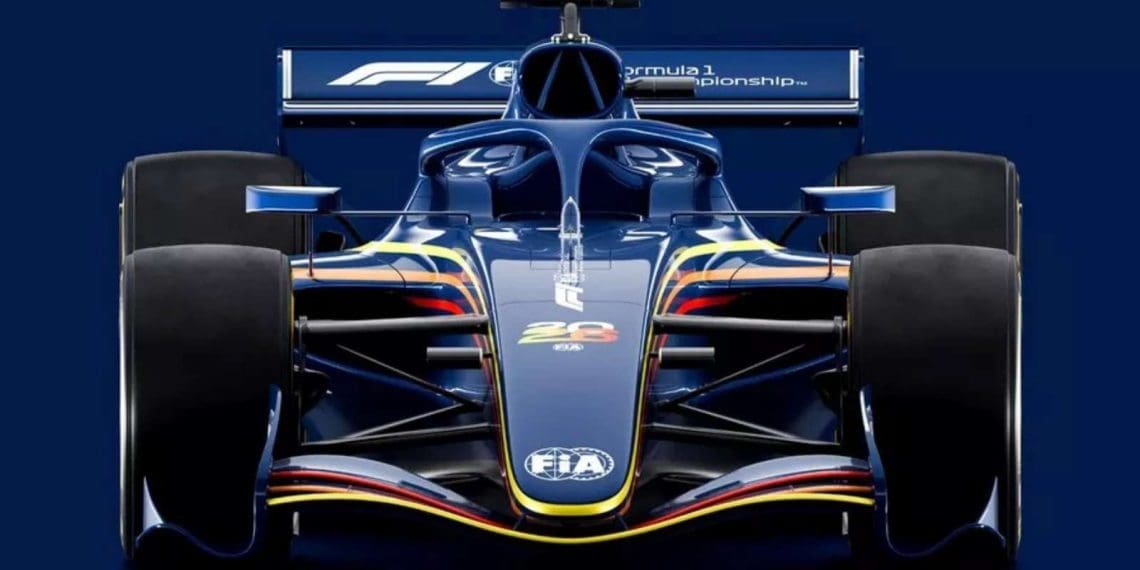The FIA has officially revealed the long-awaited rules for the Formula 1 chassis in 2026. The future changes in regulations have sparked excitement among fans, who are hoping for a more thrilling racing experience. Many are eager to see if Ferrari will regain its dominance or if Mercedes will make a comeback. The governing body has now released the final regulations for the chassis, which all teams must adhere to.
These regulations will bring significant changes to the design of the cars. For the first time in Formula 1 history, the size of the chassis has been reduced to increase agility and reduce weight. The width of the chassis has been decreased from 2000mm to 1900mm, and the wheelbase has been shortened from 3600mm to 3400mm.
In addition to these changes, the hybrid engines in the 2026 cars will be more powerful. The FIA aims to increase the power of the electric motor by 300% with the new regulations. Furthermore, the sport will now use “100% sustainable fuel” to address concerns about global warming and emissions. The cars will also be equipped with a “manual override mode” that allows drivers to use more electric power. The Drag Reduction System (DRS) will no longer be used.
Safety remains a top priority for the FIA, and the regulations reflect that. The governing body has implemented new updates to enhance the safety of drivers in the cockpit. The load on the halo has been increased from 16G to 20G, and the chassis will feature “Side Safety Lights” to indicate the car’s ERS status to others. Side intrusion protection has also been improved.
Aerodynamics plays a crucial role in the performance of the car, and regulations address this aspect as well. The FIA has reduced downforce and drag by 30% and 55%, respectively. The front wing of the chassis will be 100mm narrower than previous versions, and ground effect on cars will be significantly reduced, with partially flat floors being mandatory.
Overall, these new regulations have great potential to increase competition in Formula 1. It will be fascinating to see how current teams will adapt to the changes. Red Bull’s dominance since 2022 may be challenged after the unexpected departure of Adrian Newey from the team. Several teams, especially Ferrari, have already started working on their power units under the new regulations.










